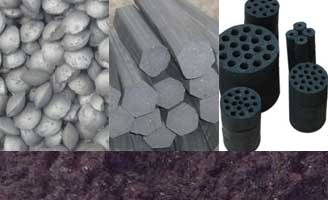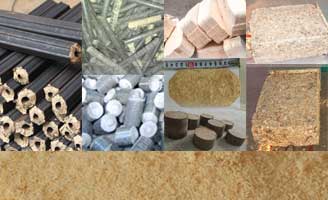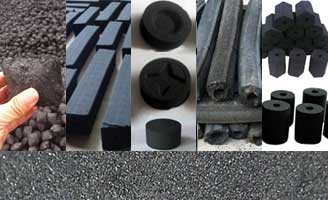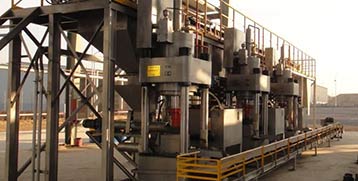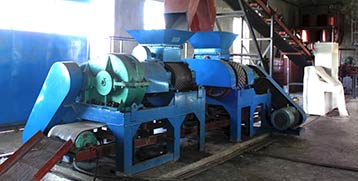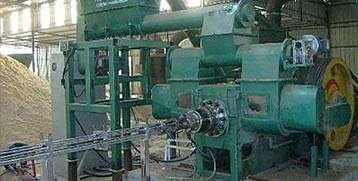- Biomass residual and biofuel – recycle bio waste by briquetting
- Anode self baked paste briquette machine, Soderbeg briquetting press for sale
- Industrial coal coke briquette making process, briquetting machine, binder, etc
- 4 main factors that will influence the coal briquette quality
- What is fly ash in steel plant, why and how to make it to briquette
- Desulfurization gypsum uses and properties – take it as cement retarder
- Review of honeycomb briquettes, briquette machine, formula, etc.
- Briquette calorific value data for biomass, sawdust, coal, charcoal
The development of clean energy and global climate change is the center stage of the current international community. As a renewable clean energy, biomass briquette (biofuel) is the only energy that can be stored and transported and has the lowest heating cost among the solid renewable energy sources. Biomass briquette (biofuel) is comparable to coal […]
Read More...What is anode paste The anode paste, also known as soderberg electrode paste, self-baking electrodes paste or electrode carbon paste, is a type of carbon paste that is made of petroleum coke and pitch coke (as aggregates), and coal tar pitch (as binder). It is normally used as anode material for the continuous self-baking aluminum […]
Read More...What is the industrial coal coke briquette The industrial coke is made of pulverized coal as raw material, processed by coals blending (or single coal) and then briquetting to briquette, after that through the coking process gets the coke and coke-type coal products. The product with carbonization temperature around 600 degrees is coal coke (semi-coke […]
Read More...Coal fine briquetting system is a briquette system uses the coal fine briquette machine as the core equipement to turn the coal fine to briquette. It includes two types, cold coal briquette and hot coal briquette, and most of the systems are cold briquette systems. The cold briquette system also includes two types, binder free […]
Read More...What is fly ash The steelmaking industry is a typical resource-energy-intensive industry that produces a variety of solid wastes, which include lots of dust. From the raw material unit to the rolling line workshop, dust is generated in each process. Dust will be collected through the dust collecting system, when the dust wind goes through […]
Read More...What is desulfurization gypsum Desulfurization gypsum, also known as FGD gypsum (flue gas desulfurization gypsum), is an industrial by-product gypsum obtained by desulfurization and purification of flue gas generated after combustion of sulfur-containing fuel (coal, oil, etc.), and its composition is calcium sulfate dihydrate (CaSO4.2H2O). How desulfurization gypsum comes The desulfurization gypsum in thermal power […]
Read More...Honeycomb briquette or another name as beehive briquette is a very common coal/charcoal fuel briquette especially in domestic usage. The name comes from its shape which is much similar to the honeycomb. It originated in Europe and was introduced to Japan in the late 18th century through the Netherlands and Italy. Currently mainly used in […]
Read More...What is calorific value The technology of taking briquettes as a kind of fuel has been widely used in many countries for both domestic and industrial purposes. Briquette technology, as an important recycling system for the agricultural and industrial waste, has always contributed to offset forest and fossil fuels, bio-residue management problems and reduce toxic […]
Read More...